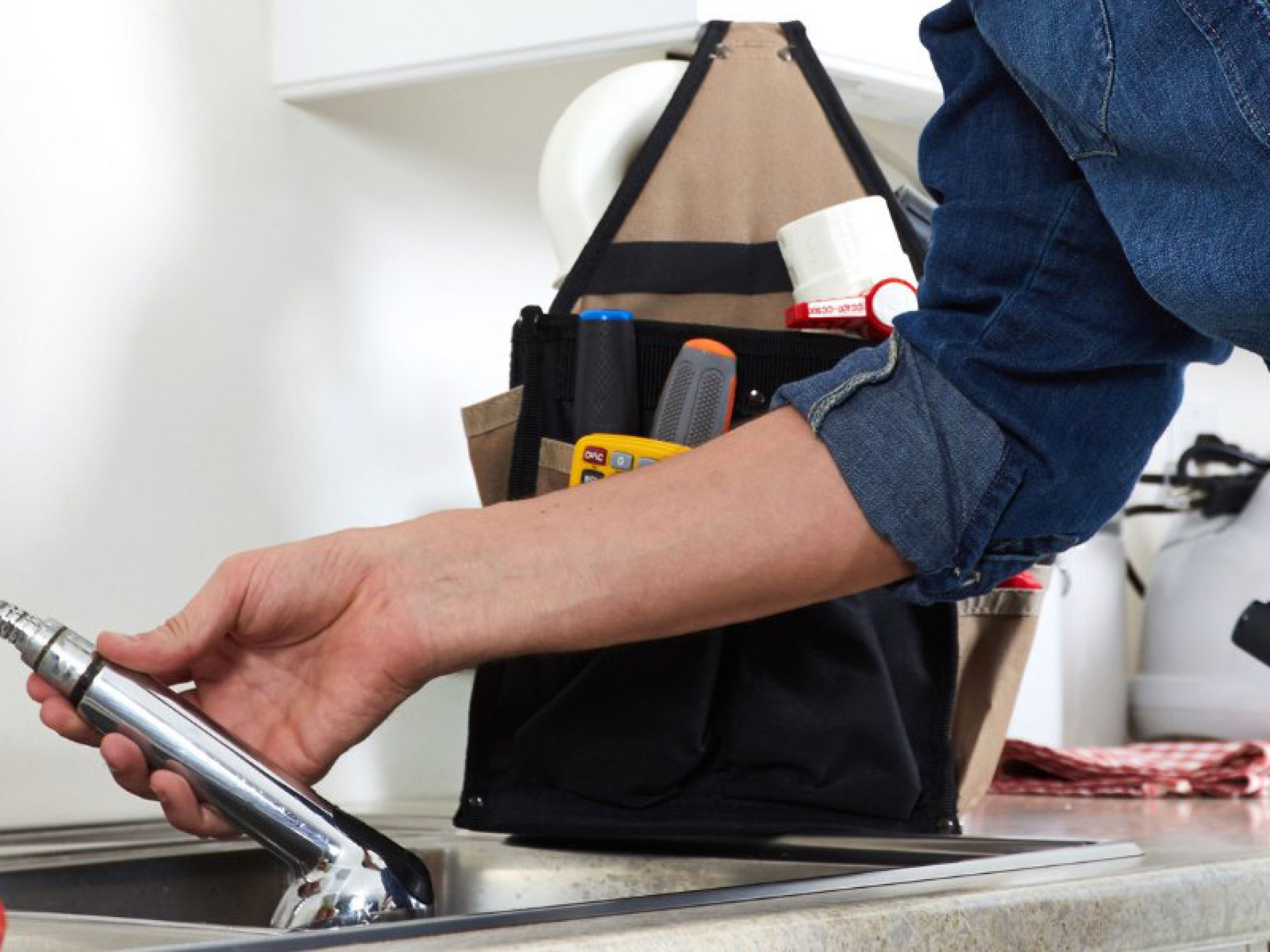





Looking for a plumber
or gas fitter?
Our team at John G. Plumbing is only a call or message away for prompt, professional service.
We provide expert services to keep your home safe and efficient. If you are in need of a plumber or gas fitter, send us a message. We’d love to hear from you!

Looking for a plumber
or gas fitter?
Our team at John G. Plumbing is only a call or message away for prompt, professional service.
We provide expert services to keep your home safe and efficient. If you are in need of a plumber or gas fitter, send us a message. We’d love to hear from you!
